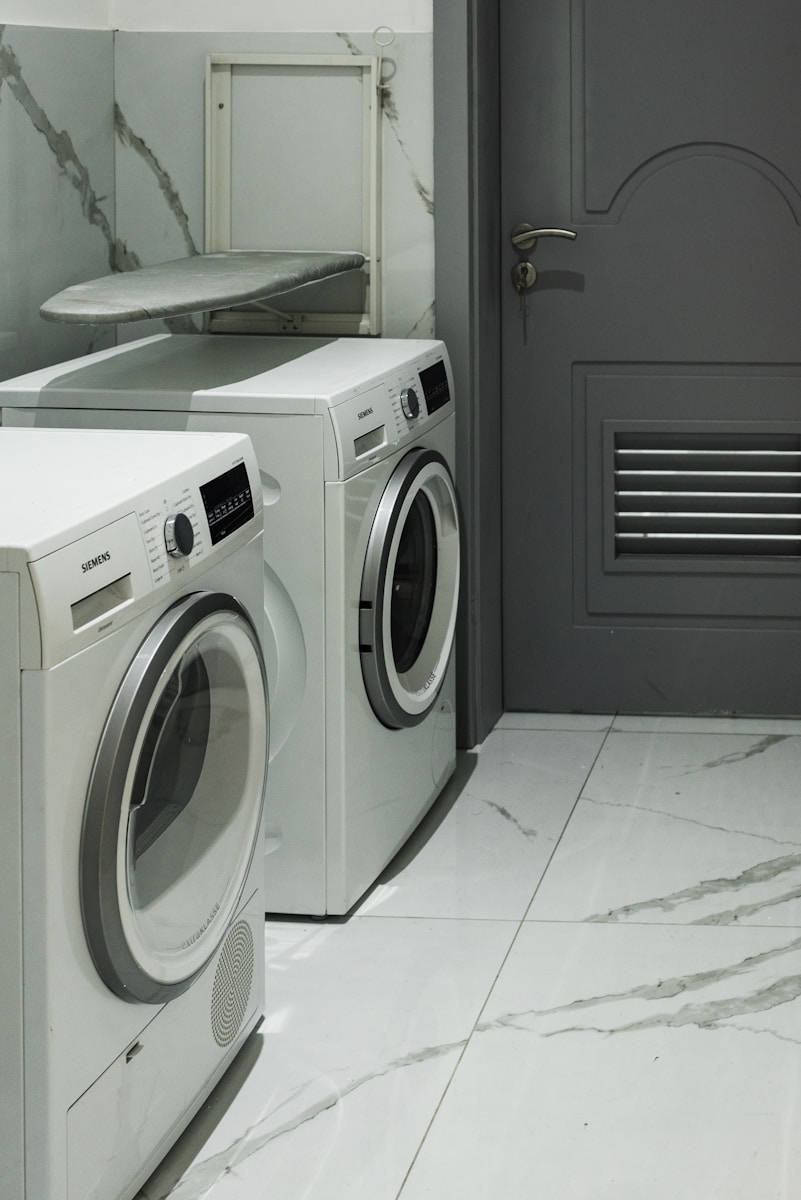Essential Tools for DIY Appliance Repair
Appliances are an integral part of modern homes, but when they break down, the cost of professional repairs can be significant. Many common issues can be fixed with the right tools and a little know-how. If you’re interested in handling minor appliance repairs yourself, having the proper toolkit is essential.
1. Why Invest in a DIY Appliance Repair Toolkit?
Having a dedicated set of tools for appliance repair not only saves money but also reduces the inconvenience of waiting for a technician. A well-equipped toolkit can help with:
- Diagnosing and fixing minor malfunctions
- Performing routine maintenance to extend appliance lifespan
- Replacing worn-out components before they cause major damage
Before diving into repairs, ensure that you have turned off power or water supply to the appliance to avoid hazards.
2. Must-Have Tools for Appliance Repair
Equipping yourself with these essential tools can make troubleshooting and repairs much easier.
Basic Hand Tools
- Screwdrivers: A set of both flathead and Phillips screwdrivers is essential for opening panels and securing components.
- Adjustable Wrench: Useful for tightening and loosening nuts and bolts, especially in washing machines and refrigerators.
- Hex Keys (Allen Wrenches): Many appliances, such as dryers and dishwashers, have hex screws requiring these tools.
Electrical Testing Tools
- Multimeter: Crucial for testing circuits, checking voltage, and diagnosing electrical faults in appliances.
- Non-Contact Voltage Tester: Ensures that power is off before working on electrical components.
Specialized Repair Tools
- Nut Driver Set: Used to handle hex nuts commonly found in home appliances.
- Putty Knife: Helps in prying open panels or securing gaskets in refrigerators and ovens.
- Appliance-Specific Wrenches: Some appliances require unique wrenches for tightening specific parts.
3. Safety Equipment for DIY Repairs
Repairing appliances comes with certain risks, so it’s important to prioritize safety. The following items can help prevent injuries:
- Insulated Gloves: Protect against electrical shocks.
- Safety Goggles: Essential when handling metal parts or cutting wires.
- Work Light: Provides better visibility when working in dim areas, such as under sinks or behind appliances.
4. Tips for Successful DIY Appliance Repair
Even with the right tools, effective appliance repair requires patience and the correct approach. Here are some tips to ensure success:
- Read the Manual: Many issues can be resolved simply by referring to the appliance’s manual.
- Diagnose the Problem First: Before disassembling anything, identify possible causes.
- Have a Clean Workspace: Keep screws and parts organized to make reassembly easier.
- Watch Tutorials: Online resources provide step-by-step guidance for common repairs.
- Know When to Call a Professional: If a repair involves gas leaks, complex wiring, or sealed components, it’s safer to seek expert help.
Final Thoughts
With the right tools and a little research, many common appliance issues can be fixed without calling in a professional. Investing in a quality toolkit not only saves money but also builds valuable repair skills. If you’re looking for more guidance on appliance troubleshooting, you can find useful insights here.
As Benjamin Franklin wisely said, “An investment in knowledge pays the best interest.” Learning how to fix minor appliance problems can be a rewarding and cost-effective skill.





